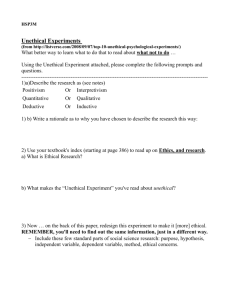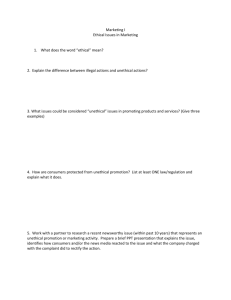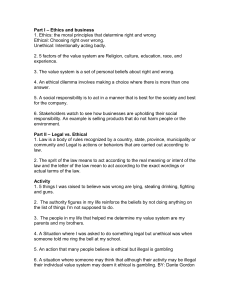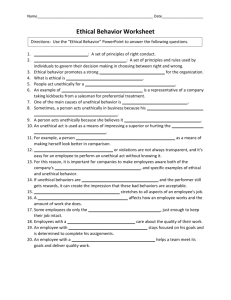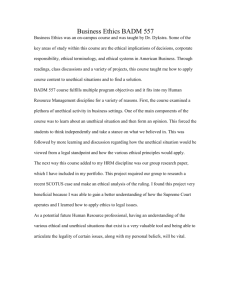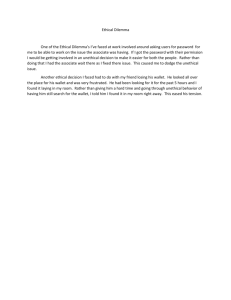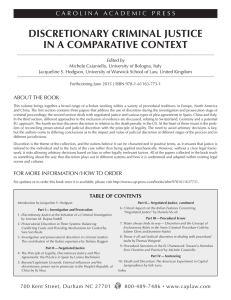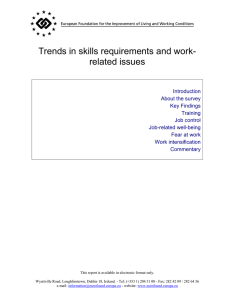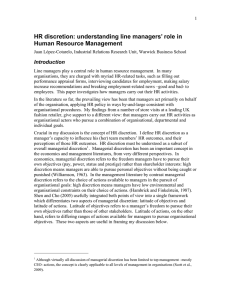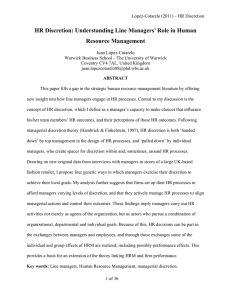culture
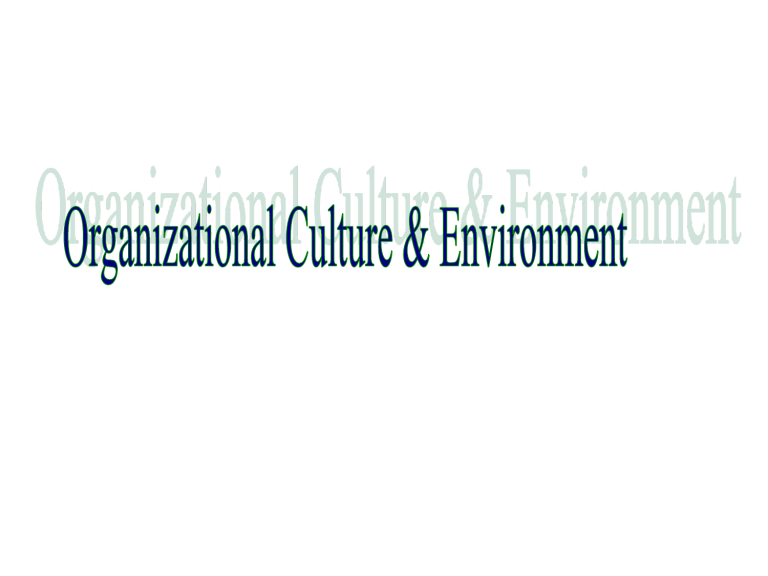
Omnipotent View of Management
Managers are directly responsible for an organization’s success or failure.
Symbolic View of Management
The view that much of the organization’s success or failure is due to external forces outside the managers’ control.
Organizational
Environment
Managerial
Discretion
The shared values, principles, traditions, and ways of doing things that influence the way organizational members act.
It is a perception.
It is descriptive.
Employee share
The same view of
The culture.
Precision, analyses, attention to details
Attention to
Detail
Results vs how outcomes are achieved
Outcome
Orientation
Innovation &
Risk Taking
Stability
Organizational
Culture
People
Orientation
Emphasis on maintaining status quo.
Aggressiveness
Team
Orientation
Competitiveness vs cooperative
Work as a team vs individuals
Dimensions of Organizational Culture
Mgmt considers how decisions affect people.
Strong Cultures Weak Cultures
Values widely shared
Culture conveys consistent messages about what’s important
Values limited to few peopleusually top management
Culture sends contradictory messages about what’s important
Most employees can tell stories about company history/heroes
Employees have little knowledge of company’s history/heroes
Employees strongly identify with culture
Employees have little identification with culture
Strong connection between shared values and behavior
Little connection between shared values and behaviors
1. Stories
2. Rituals
3. Material symbols
4. Language
Planning
•The degree of risk a plan should contain
•Whether plans should be developed by individuals or teams
•The degree of environmental scanning in which management will engage
Organizing
•How much autonomy should be designed into employees jobs
•Whether tasks should be done by individuals or teams
•Degree to which departmental managers should interact with one another
Leading
•The degree to which managers are concerned with increasing employees job satisfaction
•What leadership styles are appropriate
•Whether all disagreements – even constructive ones- should be eliminated
Controlling
•Whether to impose external controls or to allow employees to control their own actions
•What criteria should be emphasized in employee performance evaluation
•What repercussions will occur from exceeding one’s budget
• Be a visible role model
• Communicate ethical expectations
• Provide ethics training
• Visibly reward ethical acts and punish unethical ones
• Provide protective mechanisms so employees can discuss ethical dilemmas and report unethical behavior without fear
• Challenge and involvement – are employees involved in, motivated by, and committed to the long-term goals and success of the organization?
• Freedom – can employees independently define their work, exercise discretion, and take initiative in their day to day activities?
• Trust and openness – are employees supportive and respectful to each other?
• Idea time – Do individuals have time to elaborate on new ideas before taking actions?
• Playfulness/humor – is the workplace spontaneous and fun?
• Conflict resolution – do individuals make decisions and resolves issues based on the good of the organization versus personal interest?
• Debates – are employees allowed to express opinions and put forth ideas for consideration and review?
• Risk- taking – do managers tolerate uncertainty and ambiguity and are employees rewarded for taking risks?
Characteristics of Customer-
Responsive Culture
Type of employee
Suggestions for Managers
Hire people with personalities and attitudes consistent with customer service: friendly, attentive, enthusiastic, patient, good listening skills
Type of job environment
Design jobs so employees have as much control as possible to satisfy customers, without rigid rules and procedures
Empowerment
Give employees the discretion to make day-to-day decisions on job related activities
Characteristics of Customer-
Responsive Culture
Role Clarity
Suggestions for Managers
Reduce uncertainty about what employees can and cannot do by continual training on product knowledge, listening, and other behavioral skills.
Consistent desire to satisfy and delight customers
Clarify organization’s commitment to doing whatever it takes even if it’s outside and employees normal job requirements
What Managers Can Do…
1. Managers must show that they value diversity through their decisions and actions. (focus on performance not defining problems in terms of gender, culture, race, or disability)
2. Look for ways to reinforce employee behaviors that exemplifies inclusiveness.
• Encouraging individuals to value and defend diverse views
• Creating traditions and ceremonies that celebrate diversity
• Rewarding “heroes” and “heroine” who accept and promote inclusiveness
It's a feature of a culture where organizational values promote a sense of purpose through meaningful work taking place in a context of community.
It recognizes that people have
• a mind and spirit
•Seek to find meaning and purpose in their work
•Have desire to connect with other human beings and be part of a community
